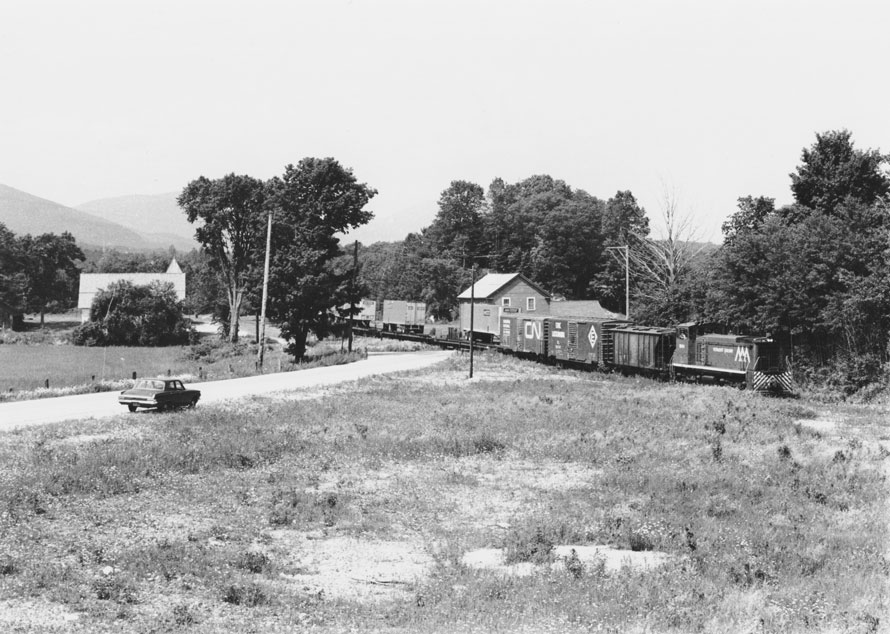
It was getting on toward the end of August, 1971 and I was getting ready to head off to college in Boston in another couple of weeks. One of the rites of passage for a young man leaving his home town, I believed, was to take an epic road trip before putting his homestead in the rear-view mirror. In my case, it would be a trip to photograph railroad activities in Vermont’s largest city, Burlington, a little more than two hours distant from my location in the southern part of the Green Mountain state. The only problem at that point was that my car was up on blocks, awaiting a new transmission. My salvation was temporarily found in the form of a well-worn and rough-running ’63 Plymouth Valiant that I bought for $75.
I tuned up the Valiant after buying plugs, points and a condenser, bought several rolls of Kodak Plus-X film, packed up my camera and stuffed what was left of my paycheck from my job at the gas station into my wallet. Off I went, with great expectations, and the little car’s slant-six ran like a champ. Burlington was the northern terminal of the Vermont Railway (VTR) which had risen—Phoenix-like—from the ashes of the abandoned Rutland Railway seven years earlier. While the Rutland’s line beyond Burlington had been pulled up in ’64, I’d heard there was considerable activity in the VTR’s yard, as the railroad had its main offices there and maintained a five-stall roundhouse. Interchange was made just north of it with the Central Vermont Railway’s branch line that connected with Essex Junction and the CV’s main line.
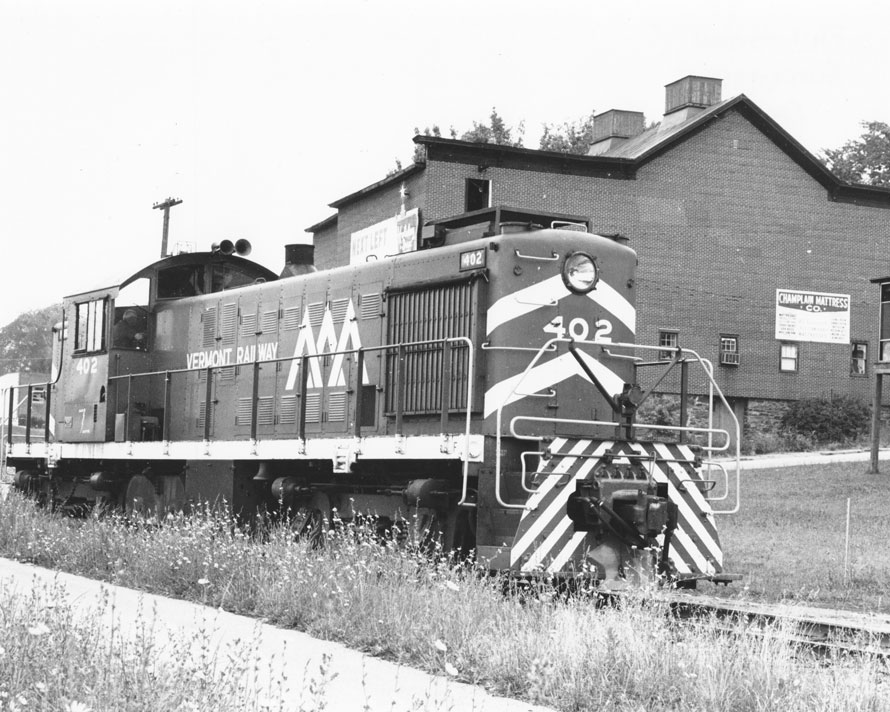
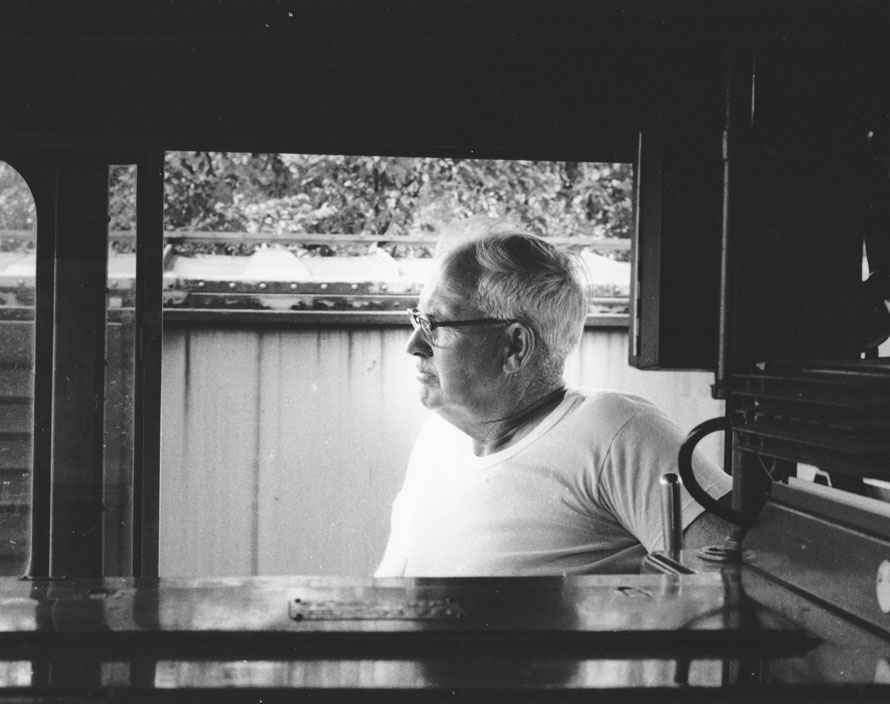
While Burlington was a major population center, it was paradoxically not a division point on the Rutland; that distinction fell to the tiny town of Alburgh. Nonetheless, its many industries kept a switcher busy during the day, as I soon found out. I parked my car near the railroad’s office building, (formerly the Rutland’s freight house) and found ex-Rutland RS-1 No. 402 busily at work near the foot of King Street. The engineer, a gray-haired man in jeans and a white T-shirt invited me aboard. As he and I talked while the red Alco drilled the yard, I learned that he was Karl Chapman, the railroad’s superintendent. It was a rare treat to ride that locomotive, as it was the last of the VTR’s serviceable RS-1s, soon to be retired. It still had enough grunt, though, to shove strings of boxcars about with authority, giving off guttural roars and puffs of dark gray smoke from its stack in the process.
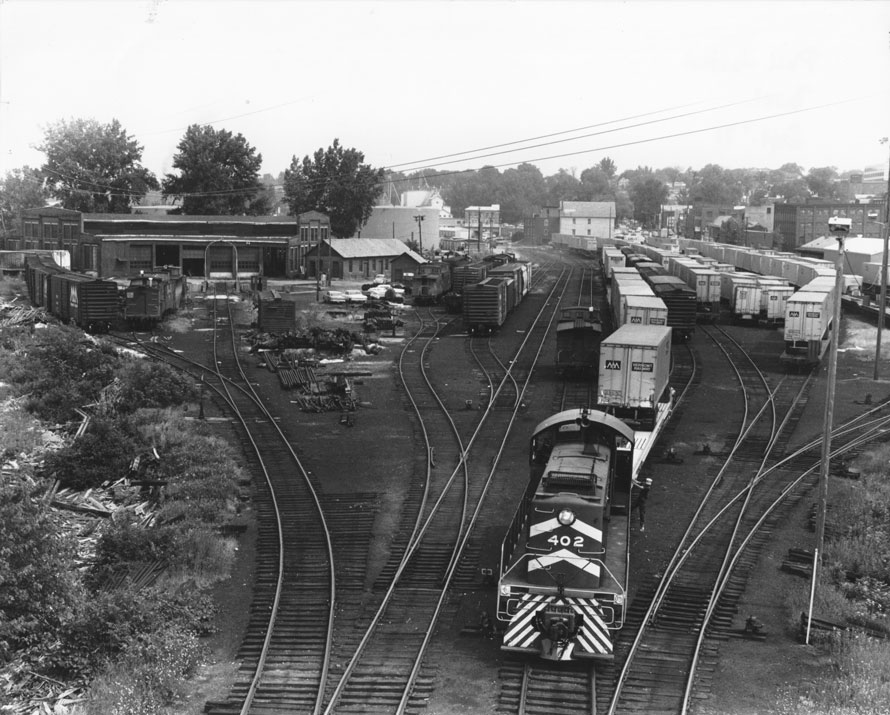
I hopped off the Alco at the southern mouth of the yards and climbed the signal bridge of a long-disused drawbridge that carried tracks across a small barge canal. The bird’s eye view enabled me to get a shot of the entire yard, and to also revel in the thought I’d followed in the steps of others, notable photographers who’d shot pictures from this rusty, precarious perch, back in the grimy but glorious days of steam.
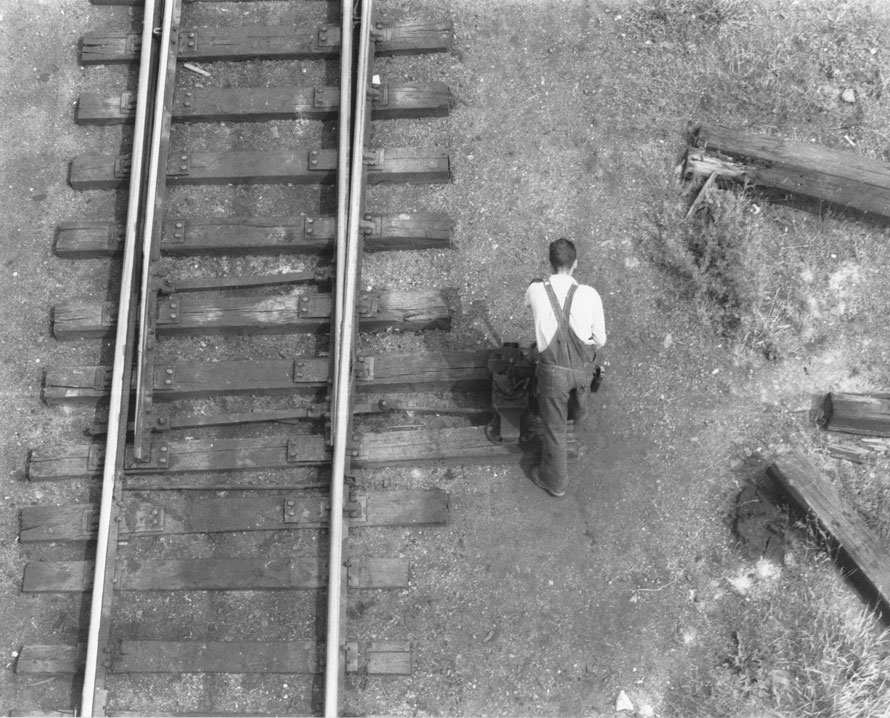
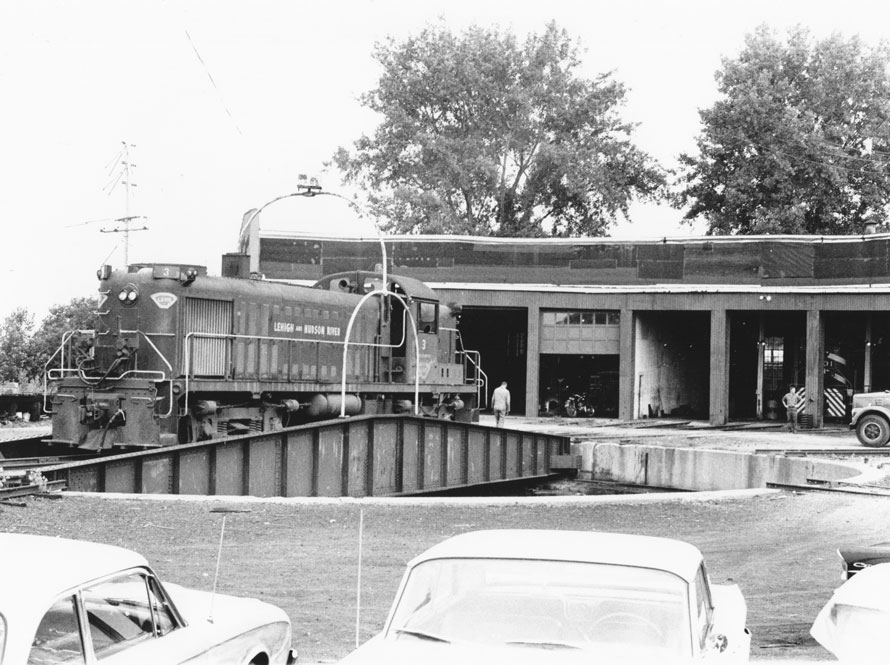

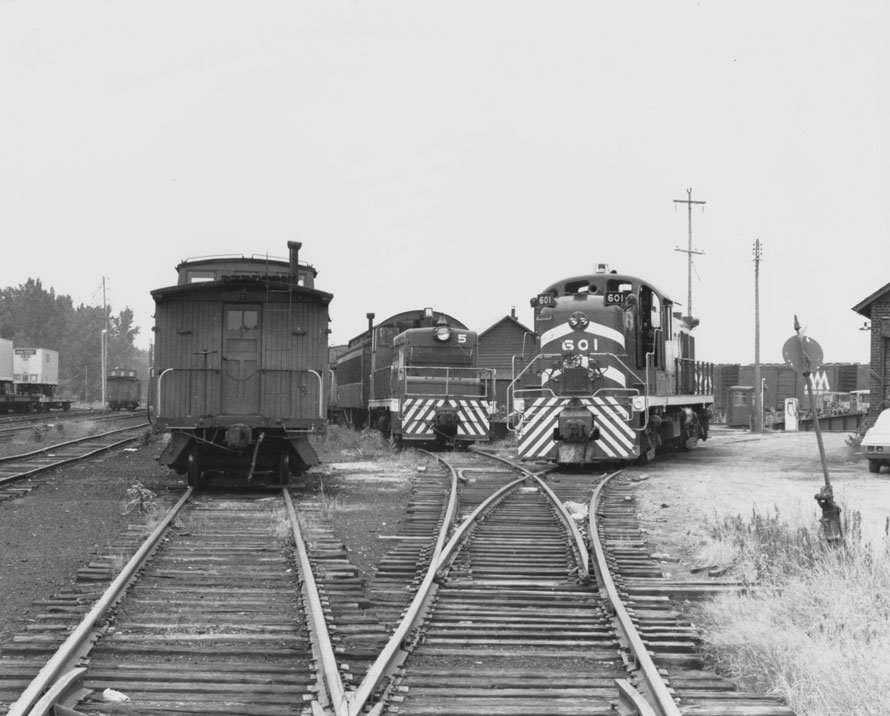
I poked around the roundhouse, just a few feet away from the marble rip-rapped Lake Champlain shoreline. Air horns sounded and diverted my attention, but they proved to be from the arrivals and departures of the Lake Champlain Transportation Company’s ferry boats, which docked at the end of King Street nearby. Inside the brick roundhouse, one of the railroad’s ex-L&HR RS-3s was being masked off in order to be painted the VTR’s bright red and white paint scheme, while another emerged and clattered onto the turntable to head off on an assignment. Yet one more was being washed outside, in the company of an old wooden caboose and an RS-1 that was being cannibalized for parts. Then a buzz, a hum and a crackle of sparks came from one of the dark roundhouse bays where a speeder cart was being repaired by a heavily-masked and gloved welder.
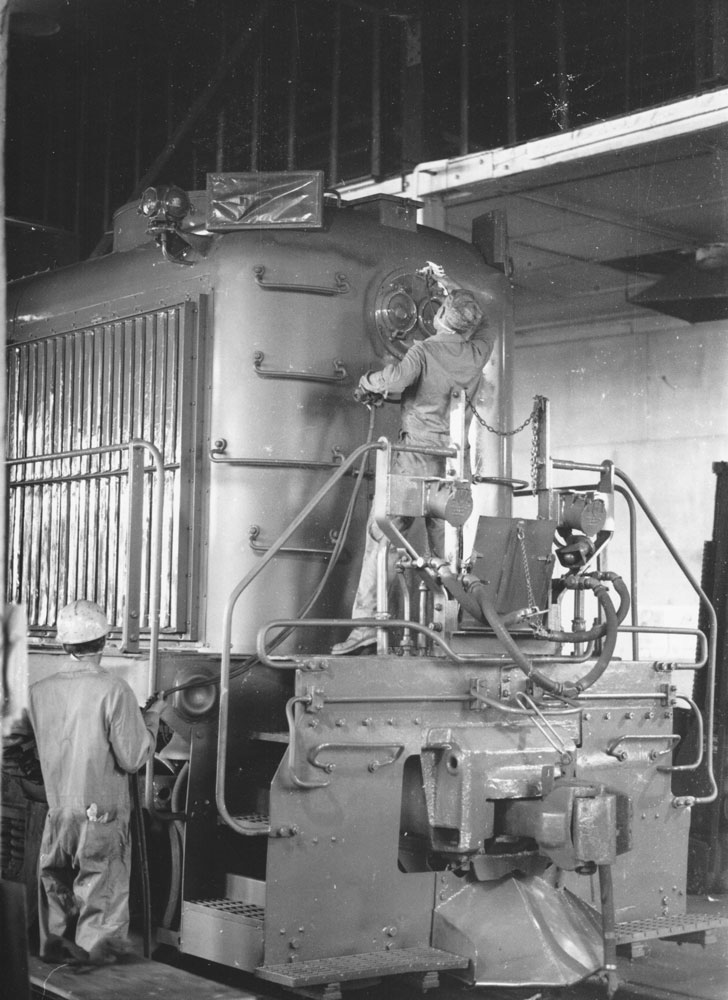
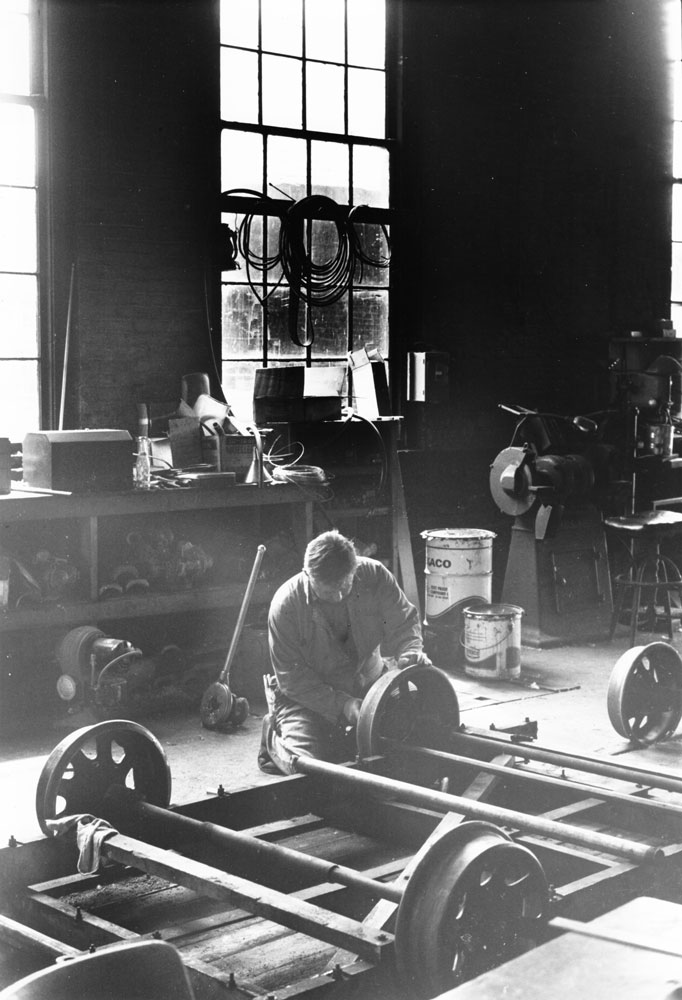
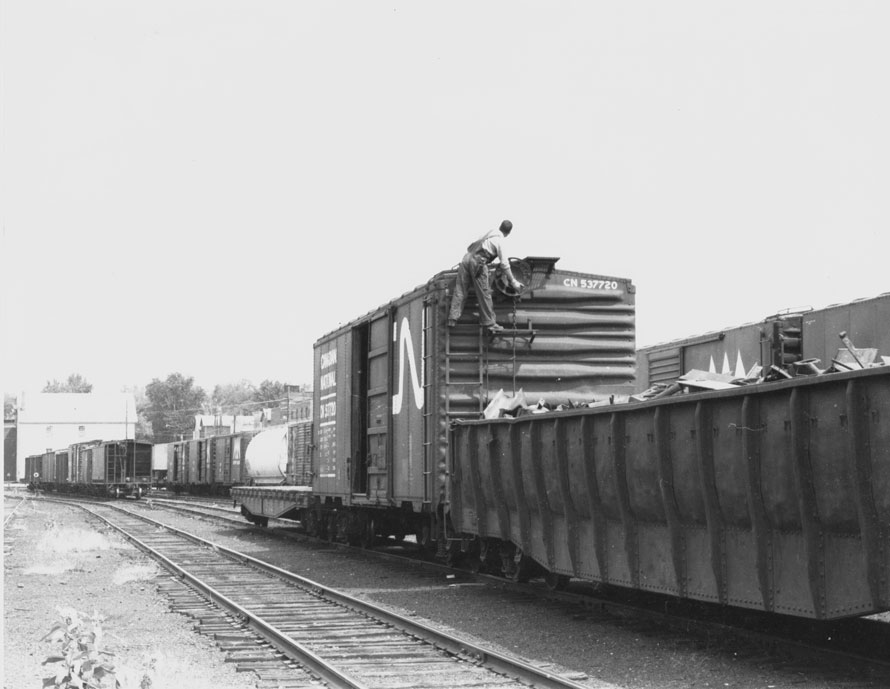
The yard was essentially part of the city’s waterfront and also in what was then a rough, gritty industrial area. To its north, beyond a feed mill and coal dealer lay a tank farm and docks, and across from them the area where the CV once had a small roundhouse, quite near the spot where its tracks came wandering into town from the east and then formed a small yard. Just south of it, they combined with those of the Rutland’s former main line and passed by platforms of the jointly-built (Rutland-CV, 1911) Union Station. Farther south, beyond the barge canal bridge, spindly side tracks wandered off along Pine Street, crossing it once or twice as they threaded their way in between buildings to serve various customers.
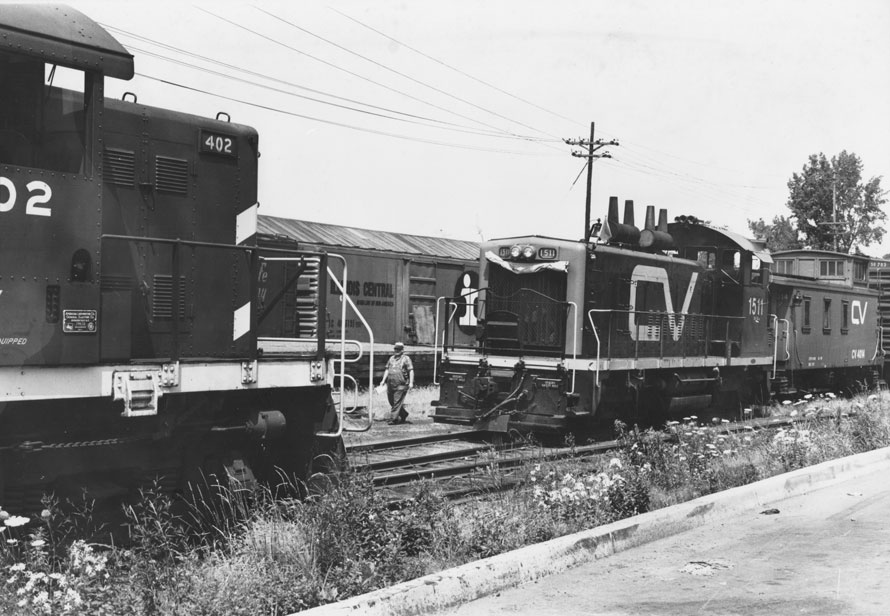
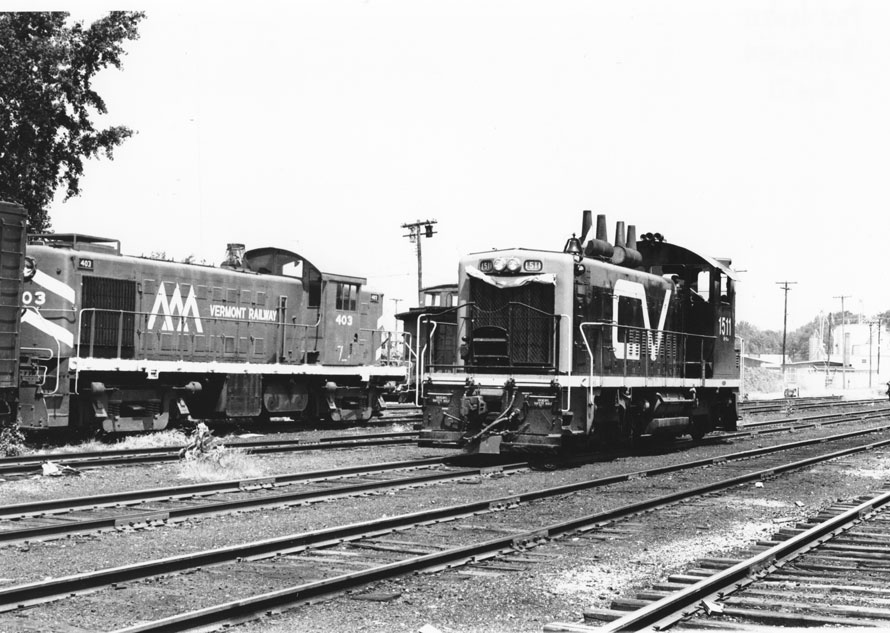
Air horns sounded again—but not the ferry’s. One of the Central Vermont’s EMD switchers in black, orange and white, bearing the ‘wet noodle’ emblem and distinctive, twin silver exhaust stacks hove into view with the daily freight. I stood by and watched the choreography as the CV’s crew dropped off their cars and the VTR’s Alco rumbled by to pick them up. Like the VTR, the CV was still using wooden cabooses at the time. I knew these vestiges of the past––the Alcos, the wooden ‘buggies’ or vans, the old buildings, too––wouldn’t last. And they didn’t.
Long years later, 1988, in fact, I found myself wandering around the same location late one afternoon, having driven into Burlington on a sales trip. I had finished dinner and was now killing time, walking around the yard and adjacent waterfront. Gulls wheeled silently overhead and waves lapped against the lake-shore. Why I don’t know, but instead of black & white film I had Kodachrome in my camera, and when the CV local arrived, powered by two green ‘torpedo-boat’ Geeps, I decided to take a few pictures. The crew cut off the caboose, and I chatted with the conductor while the two EMD locomotives ran around it. If I’m remembering correctly, he told me this was one of the last times a caboose would be used on this run—it may in fact have been the last time. He warned me that the next time I came, there’d be a ‘Fred’ on the tail end, not his “van”, No. 4044. I decided then and there to burn through the roll of ‘chrome.
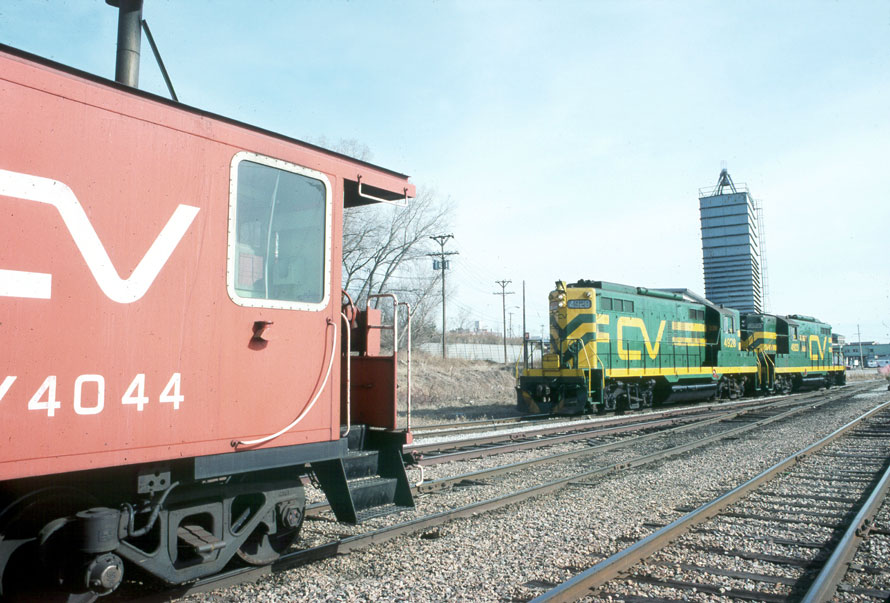
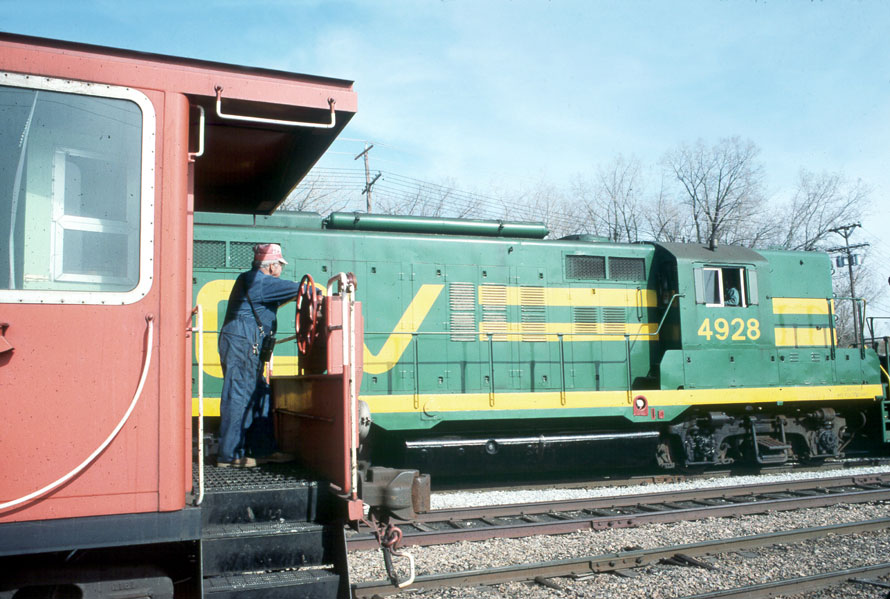
When the switching was done the elderly conductor paused, standing on the van’s platform to gaze at the yard, perhaps contemplating the many years he’d served the railroad and what lay ahead, and I took his picture. For me, it was a Kodak moment, but for him, it was a rite of passage.

Philip R. Jordan – Photographs and text Copyright 2023
As always, Phil, just wonderful — both your text and captions as well as all of the photographs. Thank you.
Phil,
Great pictures so glad you took them and shared them with us to enjoy. I think your observation of the conductor is also spot on
CV wooden caboose 4030 still lives, resplendent in new paint, at Potter Place station in Andover, NH. All that’s missing is a railroad on which to run it. Time will tell. You can view photos of it prior to the paint job at : https://andoverhistory.org/caboose-cv-4030/
Unfortunately, I can’t provide a photo of the new paint job with this comment.
My ‘63 Valiant was a 200 convertible with rusted rear quarter panels and the mighty 225 Slant 6. To this day, still my second favorite car. I loved the push button Torqueflite. I paid $325 for it in 1969. KEV
Excellent photos and story. Long time follower of the VTR
Just wonderful, Philip……I especially enjoyed the fact that a majority of your photos showed various crew members at their appointed tasks. The final photo of the conductor looking out somewhat wistfully from the end of his “buggy’ says volumes. And just look at all those VTR pigs on flats gathered in the Burlington yard. Just one month prior to your ’71 trip I visited the Green Mountain State on a New England honeymoon. My sweetie and I arrived in my brand new ’71 Plymouth Duster….which was the direct spawn of the Valiant….. with the slant-six of course. BTW, anyone still around who knows what points and condensers are (and their function) are all right in my book. Thank you.
Wonderful photos, Philip. You had the run of the place and took full advantage. These are priceless images, never to be repeated.
Gosh I loved reading, and rereading this. Your Rails Beyond
Rutland, along with Tom Nelligan’s New England Shortlines, was probably my first introduction to railfanning beyond my home province and my inspiration to drive to New England as my first solo road trips (in case an old Honda that feels like it might be similar to your Valiant).
The more I read about this chapter in railroading the more I want to know but, always, that’s a feeling of readiness for more stories told like this. What it felt like.
Thanks again
Chris
Thanks for sharing your visits to Burlington Philip. Burlington has many ties to this fan. My mother spent her high school years in town on Willard Street. Her sister and husband lived in town in 1955. I and my parents came to visit them that summer, in a 1949 Buick Roadmaster convertible no less. I saw a Rutland RS1, but at age 8 really did not appreciate what it was, as well as what it had replaced. The summer you took your first visit, 1971, was the same year that I worked at Steamtown at the south end of the former Rutland. I was museum staff. This was the year that started out without steam thanks to the state legislature. But things got popping in August with the # 1246 returning to service and the coming home of NKP # 759. Fred Bailay, one of his B&M friends and I spent a day chasing the old ST J &LC that summer. I also went to chase CNR # 6218 on my day off, July I think. I regret never taking up on the offer to ride the RS1 on one of its runs from Bellows Falls. No going back. Thanks for stirring the memory bank. Brandy Martin